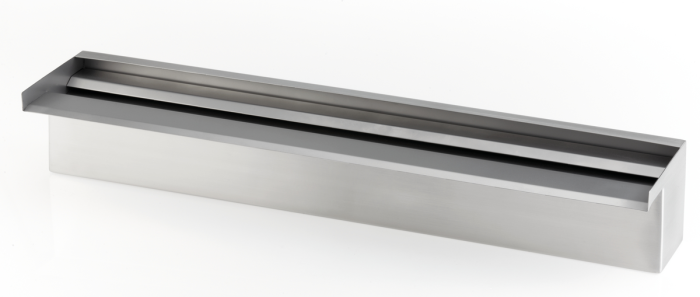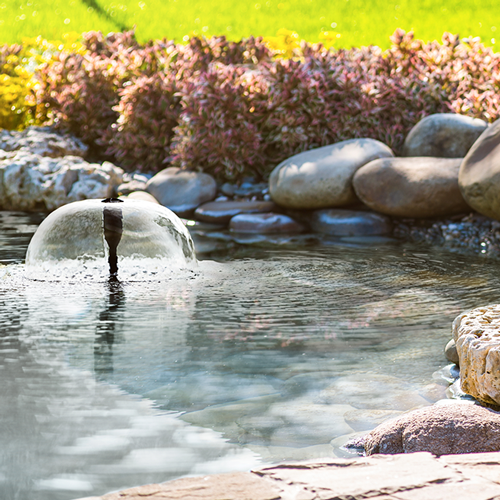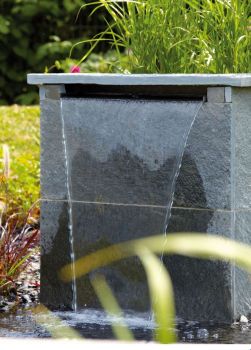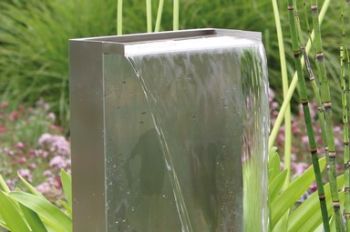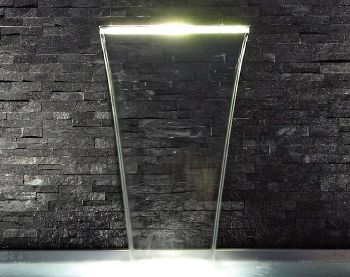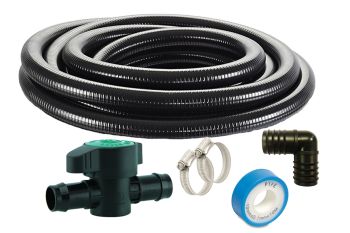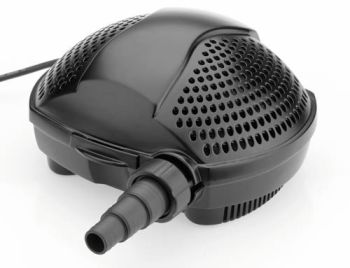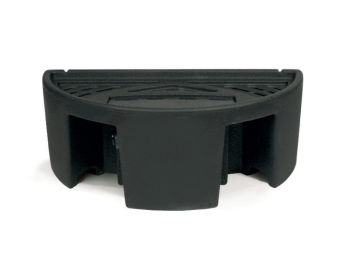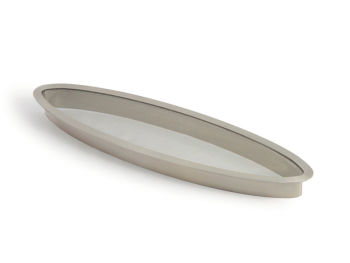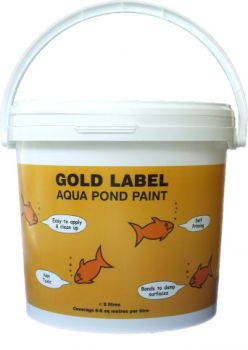Water Blade Installation Guide
Cascading water blades are incredibly popular with architects, garden designers and private customers alike as these provide a highly attractive waterfall display. The cascading sheet of water offers a visual attraction but will also provide a wonderful water sound which can be used to drown out traffic noise or simply offer a relaxing garden element.
How do they work?
Water Blades are constructed from high grade stainless steel and are essentially a hollow box with a protruding front lip. Hidden inside of the blade are a bank of special baffle plates. Water is pumped into the blade and the baffle plates spread and tranquilise the water across the full width of the blade before escaping out of the front lip. The tranquilised water sheet then cascades down into a reservoir or pond, back to the submersed pump for recycling back up to the blade.
So what do I need?
To help you design and build your own cascading feature, we provided a step-by step guide below to help you select the correct items for your own installation.
3. A Water Container.
Water blades are a ‘closed loop’ feature. In other words, the same water is recycled round and around by the pump without the need for mains water (other than the occasional top-up). So, we need a vessel of water which will hold plenty of water to ensure the pump is always submersed and to account for splashing and evaporation. If you already own a pond and you are building a wall on its edge, then this becomes your ‘reservoir’. If you are building a stand-alone water feature, then you will need to consider the separate reservoir.
The three most common methods for creating the water container are as follows:
How big should the reservoir be?
The answer to this question partly depends on the width of the blade and also how high you are lifting the water. As the sheet of water cascades downwards, it will hit the water or pebbles etc and potentially create splash. If the reservoir is too small to catch the water splash, it could drain itself dry very quickly and possibly damage the submersed pump.
As a general guide, we suggest that the reservoir is around 15-30cm wider than the blade on both the left and right hand side. If a cross wind catches the water sheet, this should be enough to cater for this. From the wall facing coming forwards, we suggest the reservoir should be around 60-80cm. This should capture the majority of splash. With regards to water depth, we ideally recommend a depth of 50-60cm if possible. This will allow the pump to sit on the base of the reservoir with ample water above.
So for example;
A 60cm wide water blade should have a reservoir of around 90-120cm wide, 60-80cm from wall face coming forward and a water depth of around 50-60cm.
Optional Extras.
We also offer some attractive additions which are not necessary to complete your build but will help to enhance these stunning features.
The Filtral All-in-One Pond Filters are very easy to install as this is simply placed on the pool floor and then connected to an electrical supply. This is in no way connected to the main water blade pump, rather this simply operates 24 hours a day, silently and independently of the main pump. The Filtral includes its own small pump, a UV clarifier for purifying the water and mechanical / biological filter foams. The reservoir water is then pulled into the filter and is then processed and ejected back into the reservoir underwater.
So, to recap; What do I need?
- A Wall
- Water blade
- Water reservoir
- Submersible Pump
- Hose & Fittings Kit
- LED Lighting (optional)
- Clear Pond Paint (optional)
- Submersible Pond Filter (optional)
If you need any further guidance, just give one of our helpful team of experts a call and we can run through everything you need to create the perfect water blade feature.



